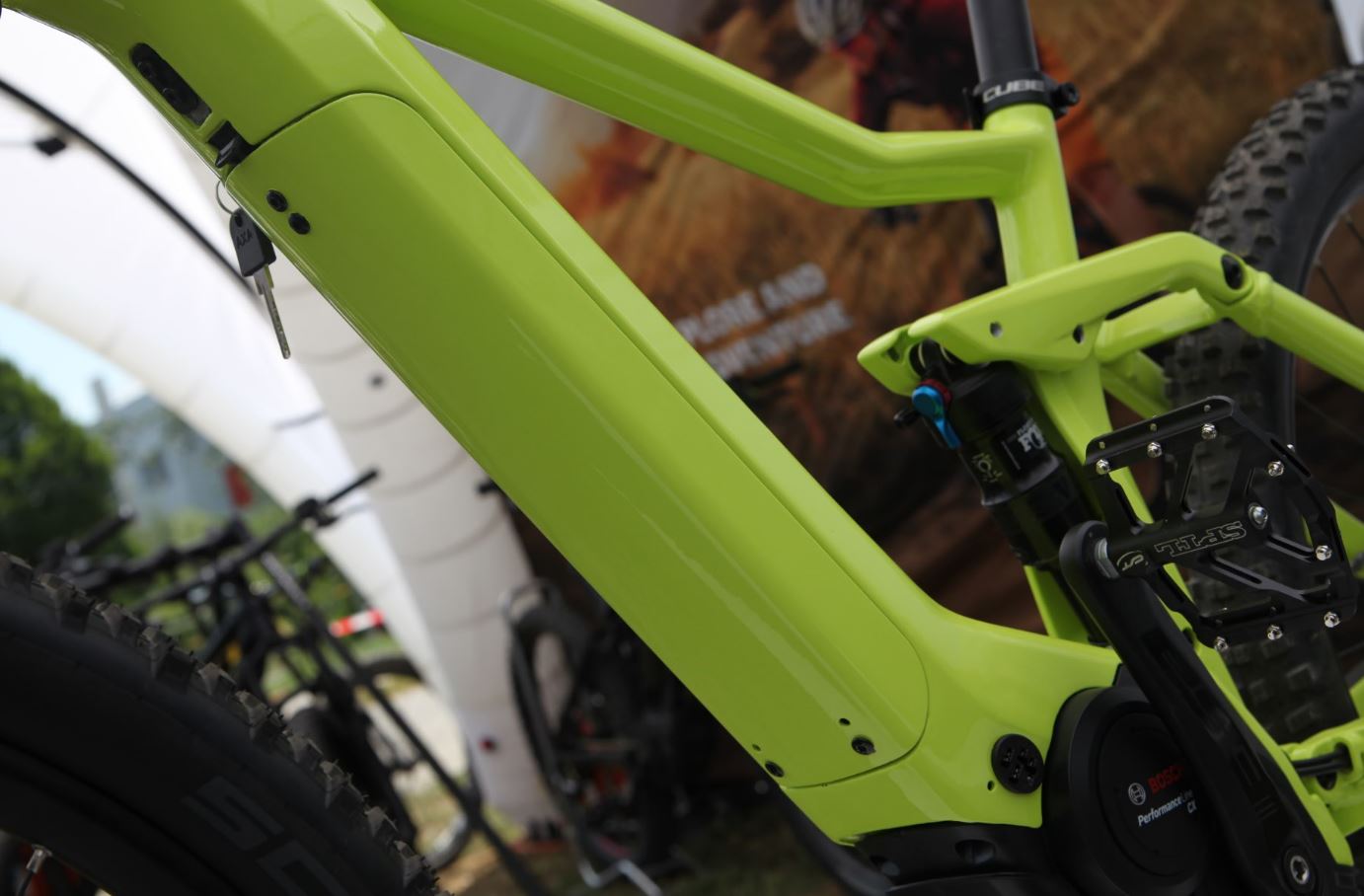Bosch introduces Active Line and Active Line Plus e-bike motors
In addition to the earlier announcement that Bosch will introduce an ABS braking system from MY18, the manufacturer of e-bike drive systems has also revealed two new motors and further developments on integrating batteries.
Crucially for manufacturers, the Active Line motors reduce the overall volume over predecessors by 25% to 30%, dropping a kilogram of weight off the Active Line motor when compared to current models. The pair are also now said to be “noise free”, much thanks to a full redesign and re-tune of internal gearing that settles at “a frequency difficult to hear”.
Already the recipient of a 2017 Red Dot Design Award, the systems are described by Bosch as riding entirely like a normal bicycle, with no feel of resistance or noticeable cut off. We were also told at today’s press gathering that, while still not recommended to pressure wash motors (or anything else with moving parts, obviously…), water resistance is higher than prior models.
So, what are the differences between the two? 
The new Bosch Active Line is best suited to relaxed cycling in the city – with a moderate degree of motor support. What are the main differences compared to the earlier version? The gear concept has been completely reworked, thus producing an even smoother and therefore more pleasant riding experience. At speeds over 25 km/h resistance is barely noticeable when pedaling. The drive unit is quiet, even under rigorous conditions. Weighing at around just 2.9 kilos, the drive unit is one of the lightest mid drives on the market and provides support with a torque of up to 40 Nm.
With Active Line Plus, Bosch eBike Systems is targeting mainly convenience-conscious commuters in the suburbs or in rural areas, as well as other eBikers who ride regularly. Like the Active Line, the system features a new gear concept: the advantages for the Active Line Plus user are a quiet motor and less resistance when pedaling. The Plus version is more powerful with a maximum torque of 50 Nm and weighs approximately 3.2 kilos.
Both systems are compatible with the full range of Bosch eBike computers – from the minimalist Purion, through the ‘Intuvia’ display and up to the all-in-one-board computer Nyon.
Hiding the batteries 
Almost always the consumer’s top complaint on e-bike design is the bulky battery spoiling the aesthetic. With this in mind Bosch announced two solutions today for OEM builders in the form of the Powertube 500.
Already served by the current software, dealer diagnostics of the new batteries is taken care of.
The new battery has a capacity of approximately 500 watt hours (Wh); it measures just 349 x 84 x 65 millimetres and weighs only around 2.8 kilograms.
As seen on some super-secret branding free prototypes on site, the integration is much cleaner than prior systems. The battery can be removed from the top, bottom or side. A two-stage mechanism ensures complete safety and easy handling when the battery is being inserted or removed: when unlocked, the battery clicks out of the frame by about two centimetres and can easily be handled. A safety device prevents the battery from falling out. The battery is also optimally protected by the frame.
Claus Fleischer, CEO of Bosch eBike Systems, said: “The eBike has established itself as a means of transport with a high degree of public acceptance. Integrated design, in particular, is becoming increasingly important. With the PowerTube we are setting new standards for pedelec users.”
The new lithium-ion battery is also available in combination with DualBattery: if it is installed horizontally by the manufacturer, the lower tube can be used for an additional frame battery or a bottle holder, for example.




